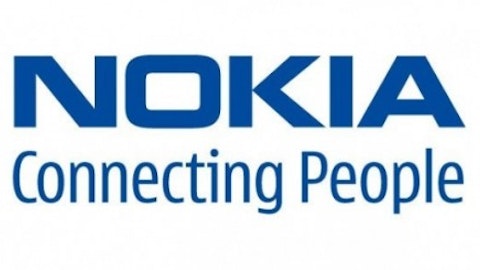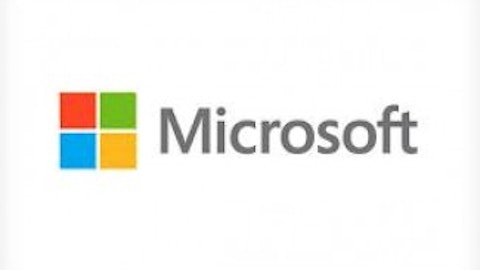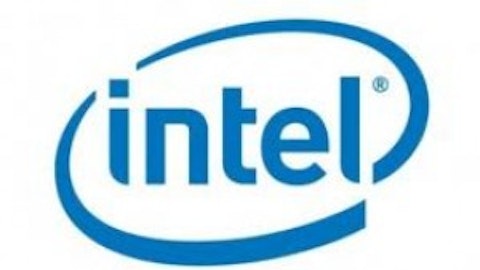Haswell will be Intel’s latest processor family to use the 22 nm process, but will be even more energy-efficient than previous generations, while at the same time being more computationally powerful. Most importantly, the Haswell core processor design is intended to be scalable for use in everything from handheld devices to servers.
With Haswell, Intel based tablets will be comparable to ARM tablets in power consumption and battery life, while being faster and more powerful. Imagine a Surface Pro with the Surface RT form factor, and you get the impact of Haswell. Intel is also widely expected to move the Atom embedded processor to the 22 nm process, which should enable even lower-power devices such as smartphones and “phablets.” These new 22 nm SOCs will certainly get the benefit of Haswell innovations and be competitive with ARM processors in energy efficiency and battery life. These developments have the potential to put a dent in the growth of ARM-based tablets and smartphones — and potentially in ARM’s revenue stream from licenses — as device makers are attracted to back to Wintel.
This means that the fundamental raison d’etre for Microsoft’s ARM strategy goes away. Lately, I’ve been splashing a lot of cold water on expectations for Microsoft’s ARM initiatives, both for tablets and phones. Nothing that happened last quarter by way of Windows Phone or Windows RT sales persuades me that the initiatives will be successful; in fact, their success or failure is starting to look moot. The ARM initiatives are about to be OBE’d by Intel’s low power processors and SOCs.
Why fight the future?
Once Haswell arrives and finds its way into the next generation of Surface Pro, one has to ask whether there’s any point to Surface RT. Given Intel’s history of commoditizing processors, there probably won’t even by a price advantage for Surface RT. I expect the current generation of Surface Pro to cannibalize Surface RT sales. Even if Surface RT manages to survive this, Haswell will almost certainly finish it off.
More importantly, Haswell provides for a truly converged and consistent user experience across platforms that the current combination of Windows 8/RT can only partially deliver. Looking a little past Haswell into the future, the arrival of 22 nm Intel SOCs for smartphones will further expand the reach of Windows 8. Given the economies of scale attendant with developing and maintaining a single OS that can address the smartphone, tablet and PC markets, it’s hard to see how Windows RT and Windows Phone 8 survive, even if they do achieve a measure of success this year.
Given this future, the allocation of resources, development and marketing, to ARM-based devices seems misguided, doubly so given the lack of meaningful progress to date. Instead of fighting the last war for ARM-based mobile devices, Microsoft needs to prepare for the next war for ubiquitous, touch enabled commodity Intel devices, for which Windows 8 is a good start.
The article Why Microsoft Needs Intel’s Haswell CPU originally appeared on Fool.com and is written by Mark Hibben.
Copyright © 1995 – 2013 The Motley Fool, LLC. All rights reserved. The Motley Fool has a disclosure policy.





